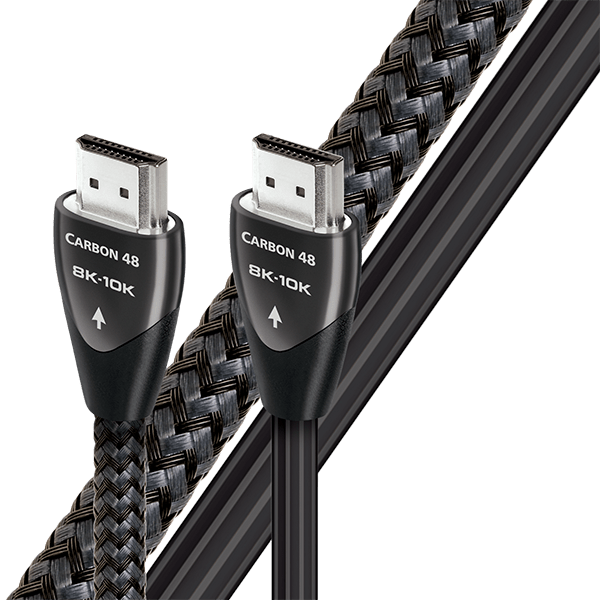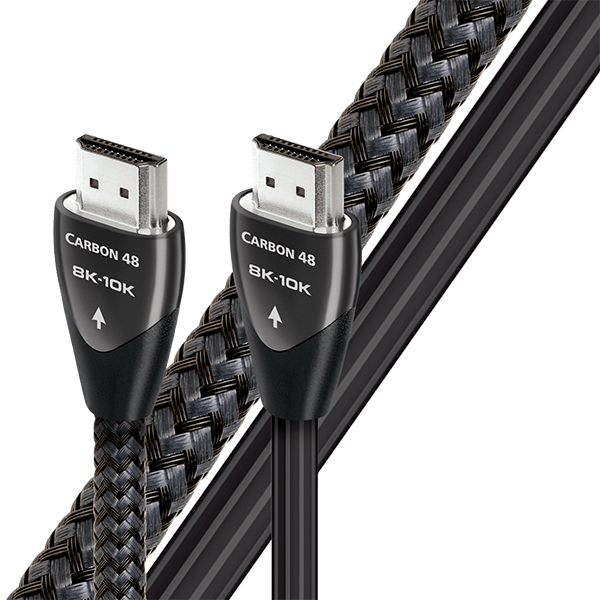STELLAR AudioQuest Carbon 48 HDMI
STELLAR AudioQuest Carbon 48 HDMI
The AudioQuest Carbon 48 HDMI cable is an excellent, curated match for PS Audio Stellar products, offering a high speed, effortless, sonic experience when connecting I2S digital audio through our HDMI style connectors.
PS Audio's I2S digital audio interface is a critical link between source and DAC. The better the HDMI cable, the better the sound coming out of your loudspeakers. Carbon 48 HDMI adds 5% silver-plating to its solid-core conductors for high-speed data transfer. Like all AudioQuest HDMI cables, Carbon 48 uses Solid High-Density Polyethylene Insulation, and precise geometry. Specific attention has been paid to maximizing the performance of HDMI, and these HDMI cables push sonic performance to new levels at this price point.
Regular price
$240.00 USD
Regular price
Sale price
$240.00 USD
Unit price
per
Shipping calculated at checkout.
Couldn't load pickup availability

TALK TO A HI-FI SPECIALIST

-
Design
-
Application
Technology



